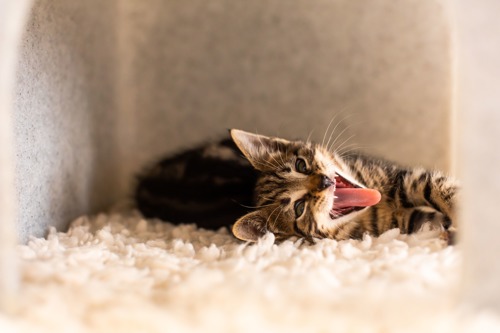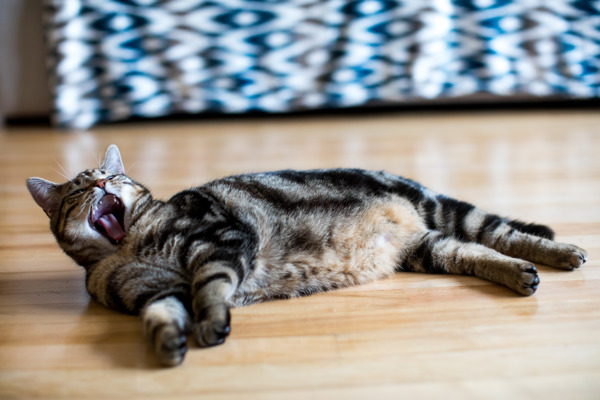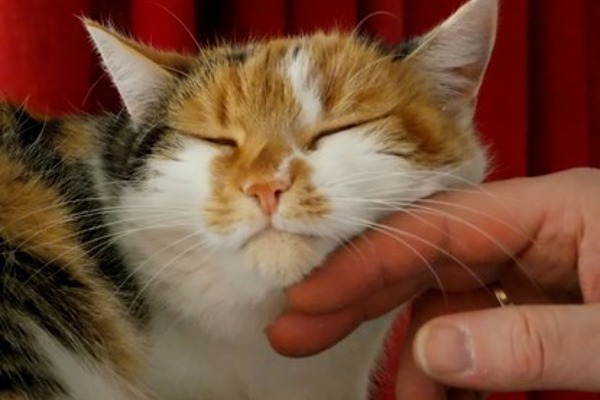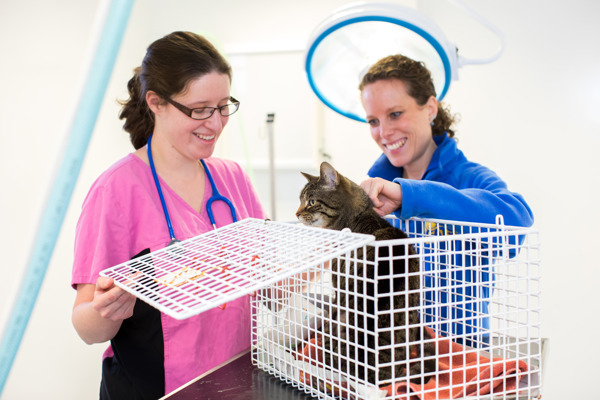How to keep your cat's teeth clean and what to do if your cat won’t let you brush their teeth
Going near your cat’s teeth might seem daunting. But if you can train your cat to see it as a positive experience, vets recommend regular brushing as a great way to keep their teeth and gums healthy. Dental disease is very common in cats and regularly brushing your cat’s teeth is the best way to prevent it.

How to brush your cat’s teeth
The best way to brush your cat’s teeth is to first use some simple but gradual training. Use positive reinforcement to get them used to it. If possible, it’s best to start this training when your cat is still a kitten. Even though their teeth won’t need brushing when they are very young, it helps to create a positive association with having their teeth looked at. It’s never too late to start brushing your cat’s teeth though!
Before you start the training, it’s a good idea to get your cat checked by your vet to make sure nothing is wrong. If you start trying to clean your cat’s teeth when they are in pain, your cat won’t like it and the training won’t work. If at any point your cat finds having their teeth brushed too stressful and they want to run away, you should stop and let them go. Otherwise it will be even more difficult to try brushing their teeth again in the future.
Find out how to train your cat into letting you brush their teeth. You can also watch our video below.
What age should I start brushing my cat’s teeth?
You should start regularly brushing your cat’s teeth when their adult teeth come in. This is normally when they are around six to nine months old. It’s a good idea to start training them to let you brush their teeth earlier than this though.
How often should I brush my cat’s teeth?
If your cat is happy to have their teeth brushed, you should try to brush your cat’s teeth every day if you can. Cats love routine, so try to do it at the same time each day and reward them with a fuss or play session afterwards.
What if my cat won’t let me brush their teeth?
If your cat is not happy to have their teeth brushed, there are ways you can keep their teeth clean without brushing. Take them for regular visits to the vet, at least once a year, so they can check for any changes in their mouth. You can also speak to your vet about feeding them a specially formulated dental diet. They may also recommend using other supplements or gels to keep their teeth and gums healthy. Avoid feeding your cat too many cat treats. These can contain a lot of sugar which leads to tooth decay and dental disease. Find out what to feed your cat.
Can I brush my cat’s teeth with human toothpaste?
It’s important to never use human toothpaste when cleaning your cat’s teeth. Human toothpaste contains high levels of fluoride. This will make your cat ill if they swallow it, which is very likely while you are cleaning their teeth. Cats also won’t enjoy the minty taste of human toothpaste. It will make brushing their teeth even more difficult. Cat toothpaste is safe for them to swallow and often comes in flavours your cat will enjoy, such as chicken. This helps to make having their teeth brushed a more positive experience.
How do cats clean their teeth in the wild?
In the wild, cats still struggle to keep their teeth clean and often suffer with dental problems. It’s thought that eating entire animals, such as mice and birds, can help to clean their teeth. But it’s not as effective as tooth brushing.



